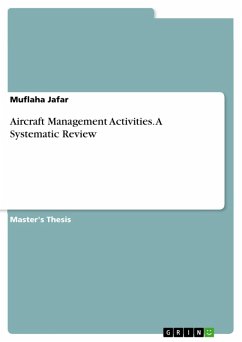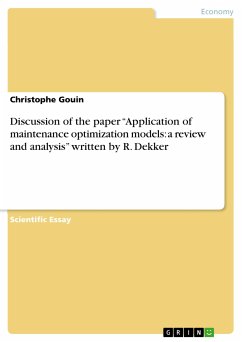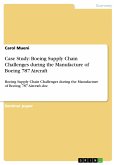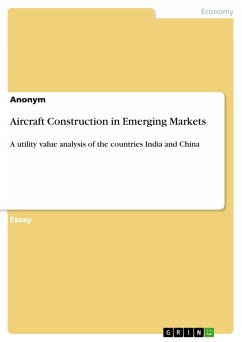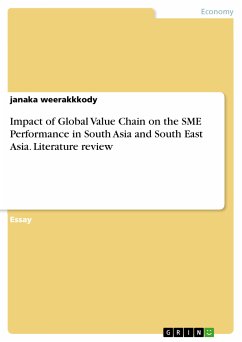Master's Thesis from the year 2024 in the subject Business economics - Project Management, London Metropolitan University, language: English, abstract: This systematic review seeks to answer the questions regarding the development process, efficiency, issues and trends in the application of aircraft maintenance and management approaches. With ongoing changes in regulatory requirements, technological development and cost control remaining critical issues for the aviation industry, it is therefore imperative to gain an appreciation of the evolution of maintenance practices. The review is based on the collection of secondary qualitative articles from various peer-reviewed papers and industry reports starting from the year 2000 The main themes explored in the review include historical overview, change from reactive to proactive maintenance techniques, preventive, predictive and condition based maintenance techniques and strategies. The work shows that there is a rather sharp shift from what the authors call the reactive maintenance paradigm, where the primary objective is to repair failed assets, to the so-called smart maintenance, which is based on the use of big data and analytics, AI, robotics, digital twins, and the like. Among new effective methodologies we can single out predictive and condition-based maintenance, which, taking advantage of real-time data analytics and sensor technologies, proved their effectiveness in terms of reducing the time spent on failures, costs, and increasing safety in comparison with previous methods.
Dieser Download kann aus rechtlichen Gründen nur mit Rechnungsadresse in A, B, BG, CY, CZ, D, DK, EW, E, FIN, F, GR, HR, H, IRL, I, LT, L, LR, M, NL, PL, P, R, S, SLO, SK ausgeliefert werden.

